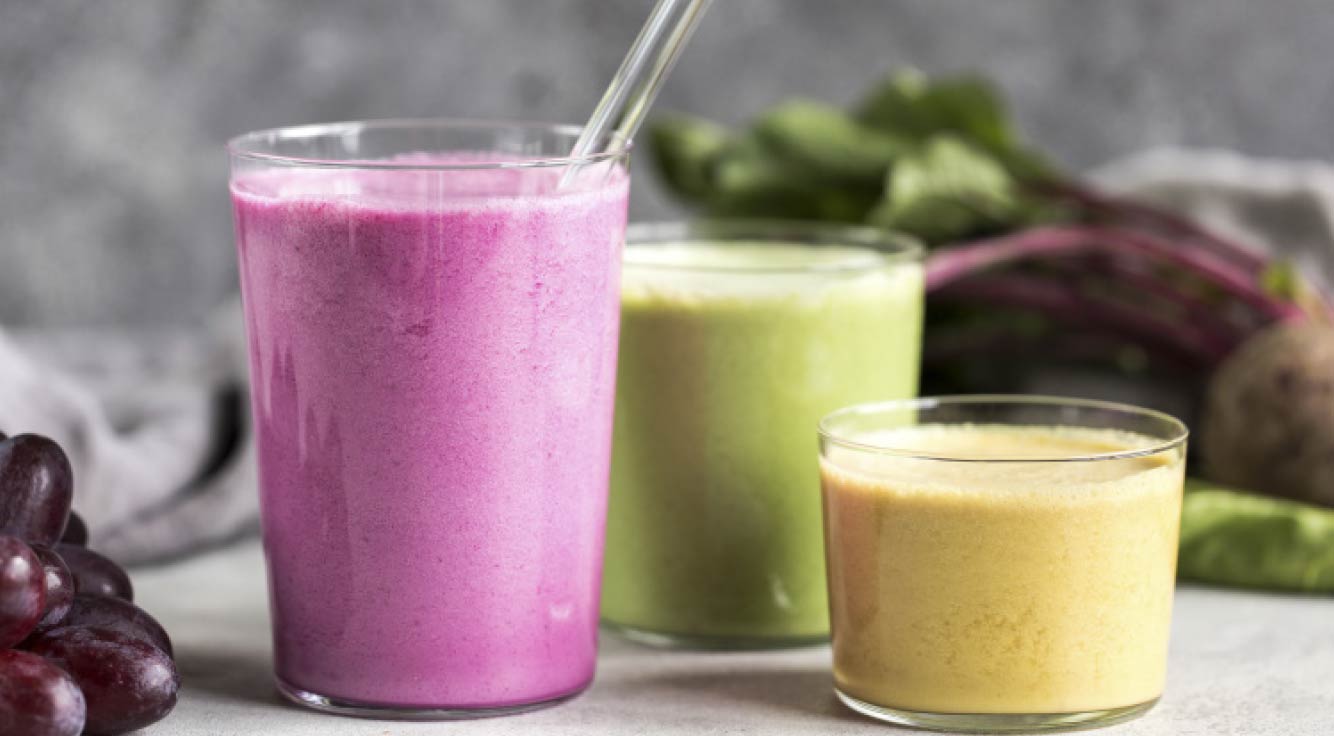
Sneak in more heart-healthy omega-3 with these tips
The word “fat” has gotten a bad rap over the last few decades. But healthy fats — like omega-3 fatty acids — are an important part of a balanced diet.
In fact, eating foods rich in omega-3 fatty acids have been shown to reduce the risk of heart disease.1 And the health benefits don’t stop there. Omega-3 may also help:
- Improve brain function, blood flow, eye health, skin and hair condition, and autoimmune diseases
- Prevent cancer
- Reduce asthma in children
- Reduce the effects of mental health conditions like depression and anxiety
- And more2
With so many possible health benefits packed into this fatty acid, it’s important to make sure you’re getting enough in your diet. So, which foods contain the most omega-3? Fish — like mackerel, halibut, salmon, and tuna — is one of the best sources. But eating enough fish can sometimes be a challenge — especially if you’re bored of the same old recipes.
So, here are a few ways to sneak more omega-3 into your diet, including a few fresh fish recipes that’ll spice things up.
1. Sprinkle flax seed on a salad
Get more omega-3 and fiber into your diet by adding ground flax seed to a salad. With a mildly nutty, earthy flavor, you’ll hardly even notice the addition. In fact, you might want to consider adding ground flax seed to lots of foods — like pancake batter, sauces, or a yogurt parfait.
2. Add chia seeds to your smoothie
Chia seeds may be tiny, but they’re packed with important nutrients, including protein, fiber, and omega-3. Similar to ground flax seed, chia also has a mild nutty flavor that you’ll hardly notice in a smoothie. You can also try chia seed pudding for a healthy dessert option.
3. Use walnut butter
Peanut and almond butter are the big stars in the nut butter world, but from a nutritional standpoint walnut butter may have them beat. Although walnut butter has slightly less protein than the other nut butter options, it contains the most omega-3. Add a spoonful to your oatmeal or use it to make a tasty treat.
4. Snack on soy
Soybeans are another great source of omega-3 — especially if you’re looking for a healthy, on-the-go snack option. Consider trying edamame, baked tofu, or soy-based “dairy” products — like cheese, milk, or yogurt — for a snack rich in protein and omega-3.
5. Nosh on nori, seaweed, and spirulina
If you’re looking for one of the best plant-based omega-3 options, you can’t go wrong with nori, seaweed, or spirulina (a supplement made from blue-green algae). Here are a few ways to get these foods into your diet:
- Nori
While most commonly used in sushi rolls, you can also eat strips of nori as a to-go snack. Some companies even make flavored or spiced nori “chips.” - Seaweed
Toss together a seaweed salad as a side-dish or an accent to an Asian-inspired bowl. - Spirulina
You can add spirulina powder to a smoothie or protein shake for a serious boost in nutrients.
6. Buy grass-fed meat, dairy, and eggs products
These products typically contain higher levels of omega-3 than the non-grass-fed options. Most labels will let you know if the product was grass-fed, so be sure to check.
7. Try a new spin on a fish dish
While the above tips can help you sneak more omega-3 into your diet, keep in mind that not all omega-3 sources are the same. Eating fish — like herring, salmon, and even sardines — is still one of the best ways to get this important fatty acid into your diet. Try one of these healthy recipes if you’re looking for some new ways to eat more fish:
How much omega-3 is too much?
As with any diet change, it’s always a good idea to talk to your doctor first. They can help you determine how much omega-3 you might need to get the health benefits you’re looking for.
1 Omega-3 in fish: How eating fish helps your heart, Mayo Clinic, July 20, 2016, mayoclinic.org/diseases-conditions/heart-disease/in-depth/omega-3/art-20045614
2 17 Science-Based Benefits of Omega-3 Fatty Acids, Healthline, October 15, 2018, healthline.com/nutrition/17-health-benefits-of-omega-3





